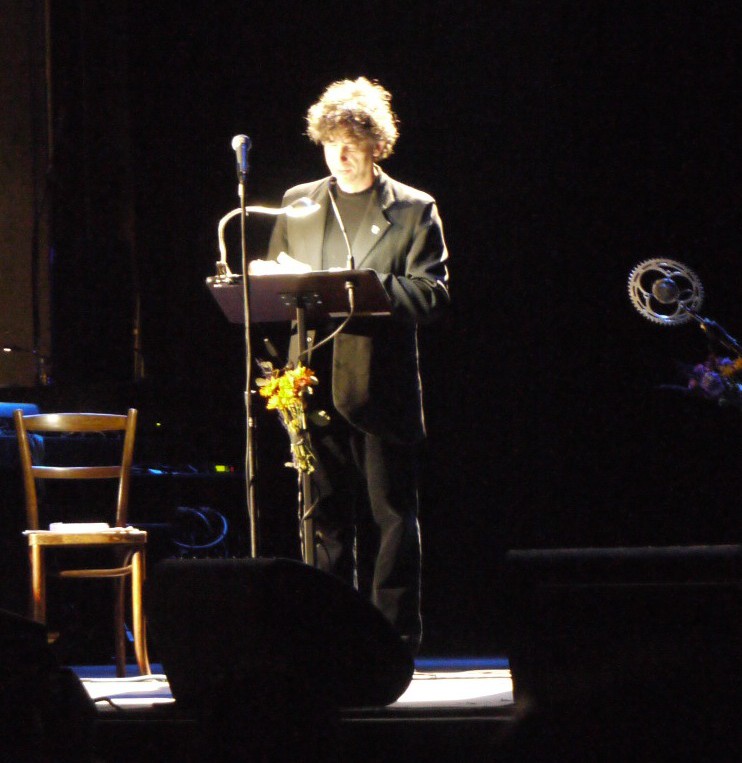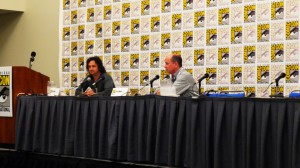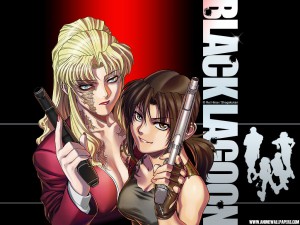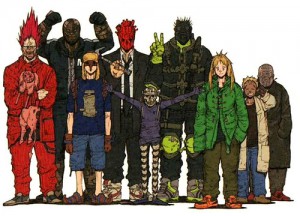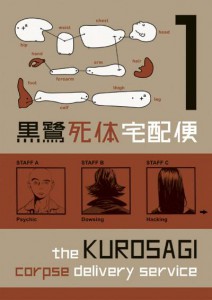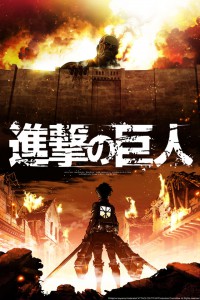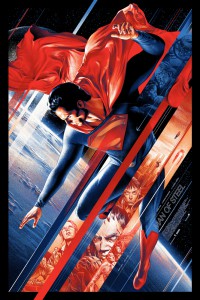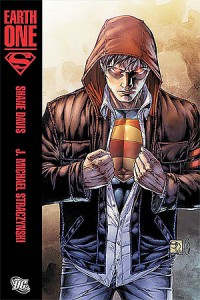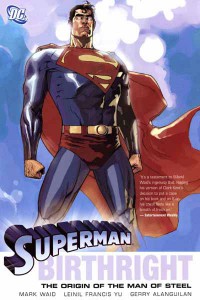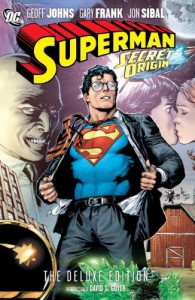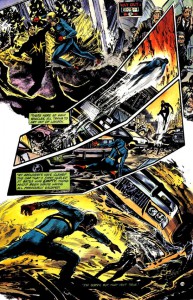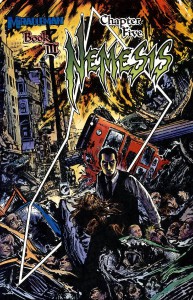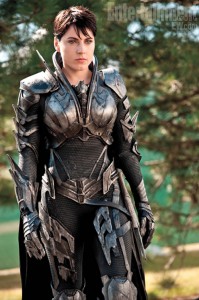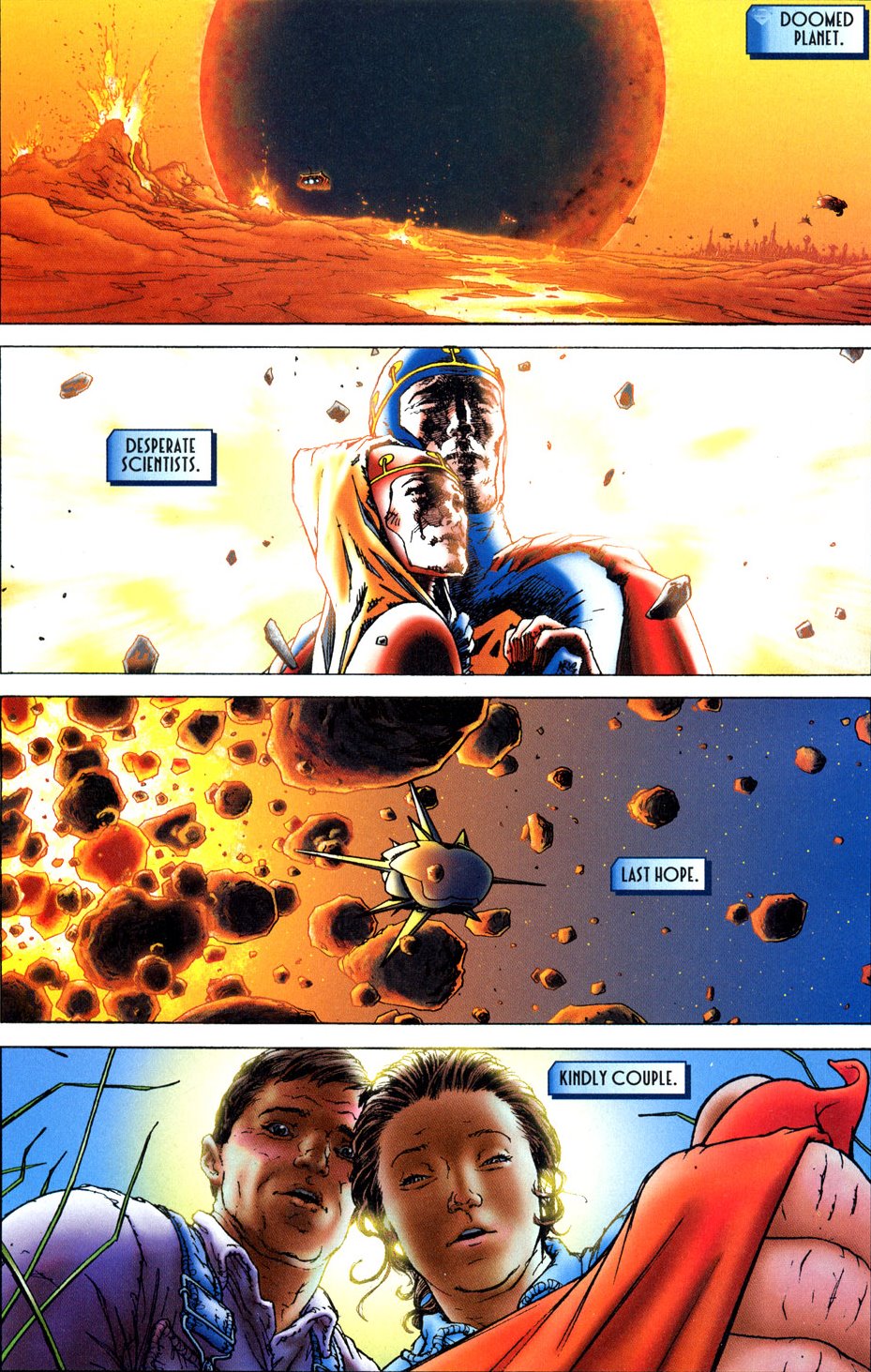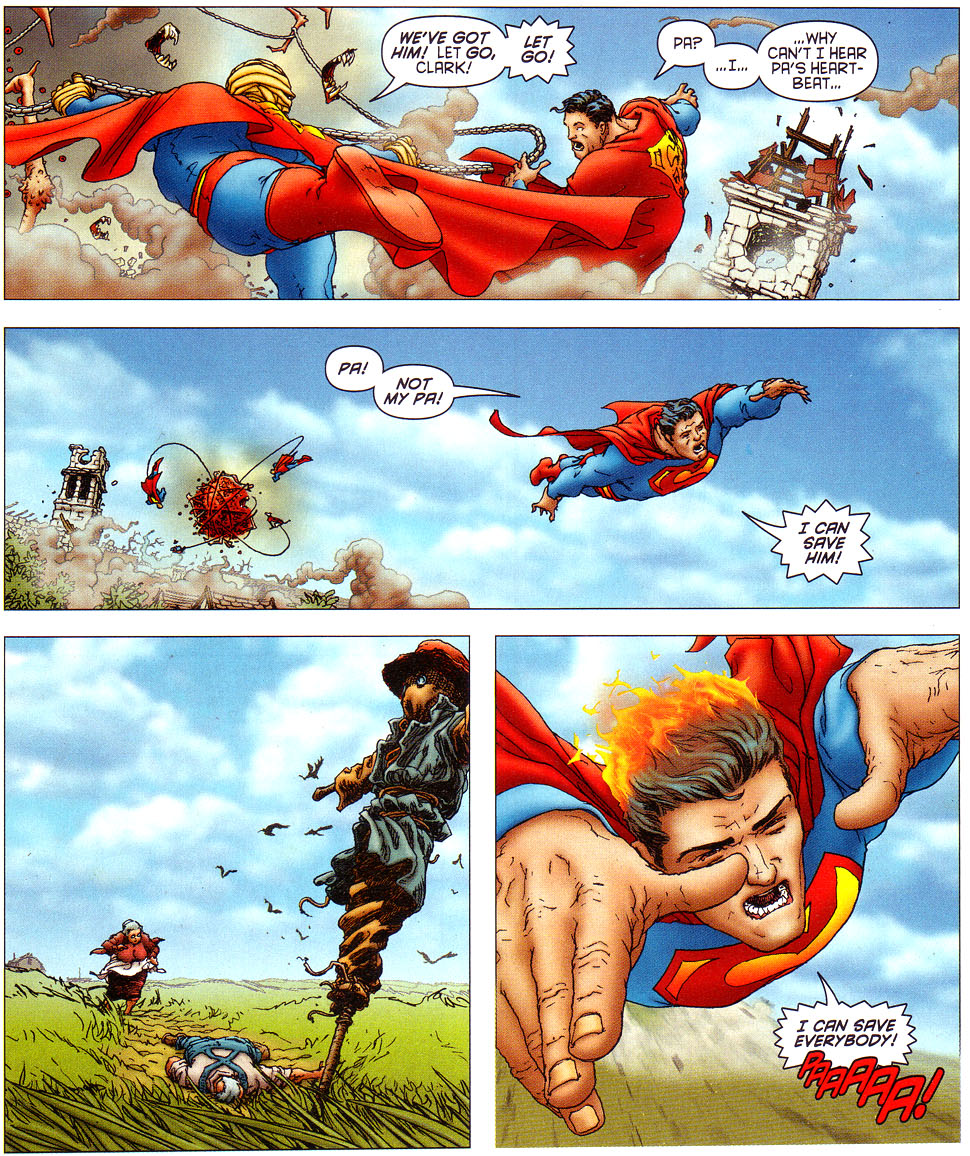This is one of the best-known words of advice about Comicon, especially comic art collectors: Preview Night is where the action happens. Allow me to explain: The con officially begins on Thursday morning at 9 AM. It ends on Sunday at 5 PM. Preview night is on Wednesday evening, when the convention floor opens up for a few hours just so that you can look around for the good stuff before the crowds hit. Some of my friends take it a step higher and head inside the convention center (using Exhibitor badges) around noon on Saturday. I did that in 2011, too. That’s when you have random brain-freezes when you see Robert Kirkman walking around, or Dave Gibbons passing by.
(However, the best Retail deals happen in the last few hours of Sunday, when booths, eager to load as less inventory back to their trucks as possible, go for insane discounts. There’s a tip right there for you.)
This year, I was eager to get in early on preview night, mostly to check out Adam Hughes and Mike Mignola’s booths. They bring original art to the show at very decent prices, and which is plucked clean in the first few hours.
However.
Tuesday evening, I find out that my rear left tire is running low. This after I had filled it up 2 days ago. I headed over to the service center and asked them to look at it, plus there were some other small things wrong with the dashboard console. Wednesday morning, they call me to say that my tires need to be replace – the front tires, because there was an air bubble. Damnation and hellfire. I was supposed to leave at 10 AM, so that I could get to the convention by 1 PM. It was 2 by the time I got the car back, and by the time I navigated through bumper-to-bumper traffic on 5 South to Downtown San Diego, it was 6 PM. But to balance this cosmic injustice, I got a free parking spot opposite the convention center – the chances of that happening are astronomically low and everybody I met told me the exact same thing.
By the time I got inside, Mignola and Hughes were picked clean. There was a single Hellboy in Hell page remaining and I thought it wasn’t good enough for the price. Adam Hughes had a Fables Encyclopaedia cover for $8000, and a few Fairest covers that made my heart stop. I spent thirty minutes hanging out and talking with art dealer Scott Eder and the various people who flocked to his booth, old collectors I knew by name, others I had met before. I was in “view” mode, Scott and I have a deal for something major and I could not afford to jump in with something else. Then I walked over to some other booths. A James Jean Fables cover sold in front of my eyes, one of two that a consigner had brought for sale the minute before it sold, for a little less than a quarter of my annual salary. Two pages from Frank Miller’s 300 – those were the only pages from that series that had ever been available on the market – had sold an hour ago. There was the Robert McGinnis painted cover from Stephen King’s Joyland, and a Charles Addams unpublished cartoon, a few Kelley Jones Sandman pages that made my toes curl. One dealer, remembering how I had asked for a good Spirit page a few days ago, pointed me to an excellent example of a 1940s strip that had P’Gell in it. Since $8000 was a little too much for my immediate budget, I bid it a fond farewell.
There was, on one gallery wall, the greatest Prince Valiant strip I remember seeing, with Val and his wife Aletha in all panels, and one in which Val spanked Aletha on his lap. Already sold for $15,000 and a little of my tears. A Preacher page with the Saint of Killers, the cover to Bruce Timm’s Naughty And Nice pocket book, one of the best Dave Johnson 100 Bullets covers, featuring Dizzy. San Diego, on preview night, had me feel like Aladdin inside the cave for the first time, except of course, there was no lamp, because this ain’t no stinkin’ fairytale. The surprise of the evening was realizing that Juanjo Guarnido’s commission list was not full yet, and after a few minutes of vacillating, I decided to go for a full-figure drawing of Alma. I love Blacksad, and getting a piece of artwork from Guarnido without having to pay through my nose appealed to me.
- My Guarnido Commission
- A pinup of Henry by Carl Anderson
- 100 Bullets cover, Dave Johnson
- Robert McGinnis cover to Stephen King’s Joyland
- A lovely Prince Valiant!
- P’Gell. Sigh.
A bunch of us met for our annual Secret Art List dinner, where we talked comics, art and the films of Julie Delpy. I found out that a collector lived a few miles away from my place, and we promised to get together. I put plans in place for a Miller Daredevil page, and probably another Sandman page, but obviously, time will tell.
That was the first day. I slept happy, and very very tired.
